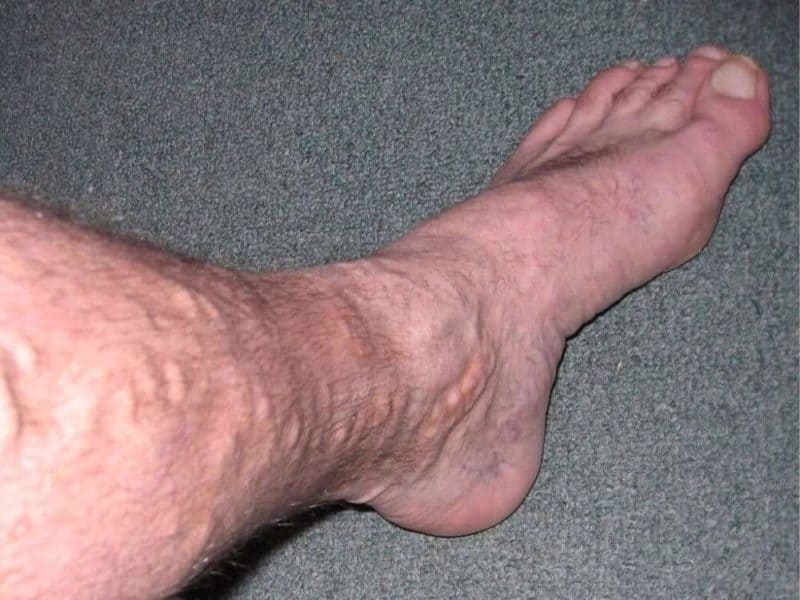A person’s height and certain genes that predict height are associated with varicose veins and may provide clues about what causes this condition and ways to prevent and treat it, according to new research in the American Heart Association’s journal Circulation.
“We may be able to leverage what we know about the biology underlying human height and use it to uncover the root causes of varicose vein disease,” said lead author Nicholas J. Leeper, M.D., from the Divisions of Vascular Surgery and Cardiovascular Medicine at Stanford University in California. “Ultimately, this may help investigators discover a therapy that can prevent or reverse this common and sometimes debilitating disease.”
More than 30 million people in the United State are estimated to have varicose veins, which is a common condition that is increasingly being associated with serious health risks, including life-limiting ulceration and venous thromboembolism, which is when a blood clot forms within a vein. However, little is known about what causes varicose vein disease or how to treat it.
The researchers used data from a massive long-term study, the UK Biobank, to look for varicose vein risk factors among 413,519 people. In addition, the researchers screened for genetic markers among 337,536 people, 9,577 of whom had varicose vein disease. Researchers confirmed that age, gender, obesity, pregnancy and history of deep vein thrombosis are risk factors for varicose veins, and also found;
- increased height increases the risk for varicose veins;
- genes that determine height also influence the development of varicose veins; and
- there is a strong genetic correlation between deep vein thrombosis and varicose veins.
“By conducting the largest genetics study ever performed for varicose vein disease, we now have a much better understanding of the biology that is altered in people at risk for disease,” said Leeper. “Ultimately, we hope to test whether those factors can be targeted, and potentially prevent or delay the development of disease in at-risk individuals.”
Co-authors are Eri Fukaya, M.D., Ph.D.; Alyssa M. Flores, B.S.; Daniel Lindholm, M.D., Ph.D.; Stefan Gustafsson, Ph.D.; Daniela Zanetti, Ph.D.; and Erik Ingelsson, M.D., Ph.D. Author disclosures are on the manuscript.
If our reporting has informed or inspired you, please consider making a donation. Every contribution, no matter the size, empowers us to continue delivering accurate, engaging, and trustworthy science and medical news. Independent journalism requires time, effort, and resources—your support ensures we can keep uncovering the stories that matter most to you.
Join us in making knowledge accessible and impactful. Thank you for standing with us!

